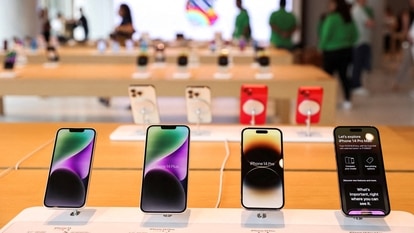NYC transit agency pulls the brake on Twitter service alerts
Shortly after midnight on Thursday, several New York City subway trains slowed to a crawl as emergency crews tended to a person discovered on the tracks in Manhattan.
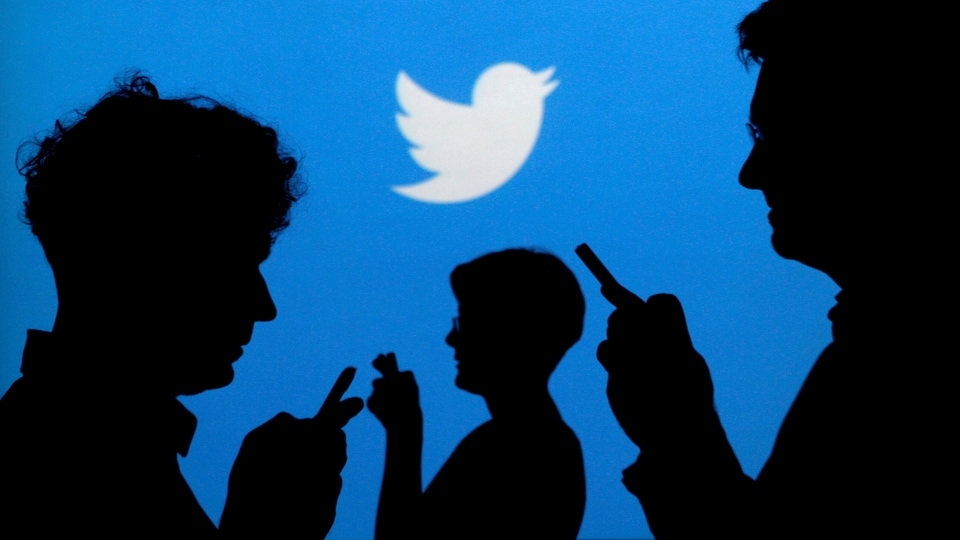

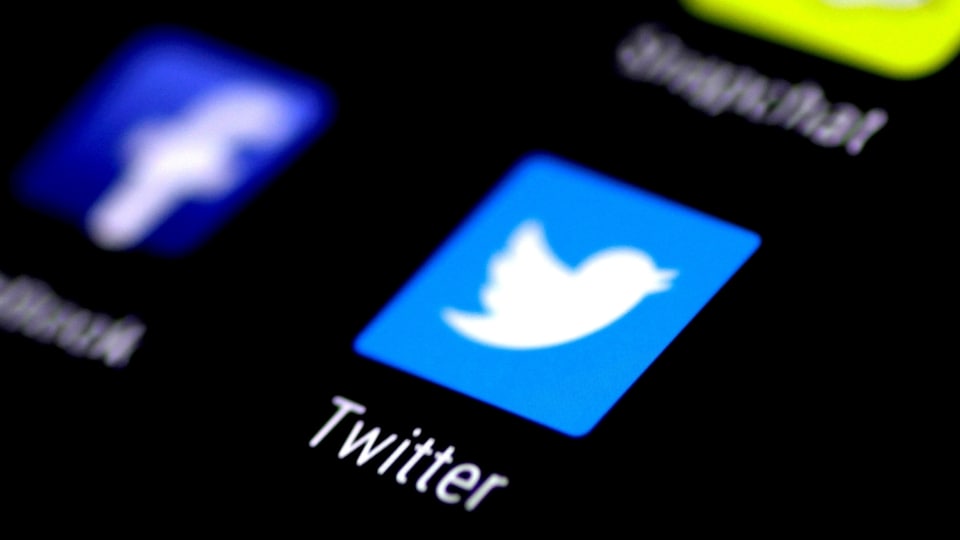

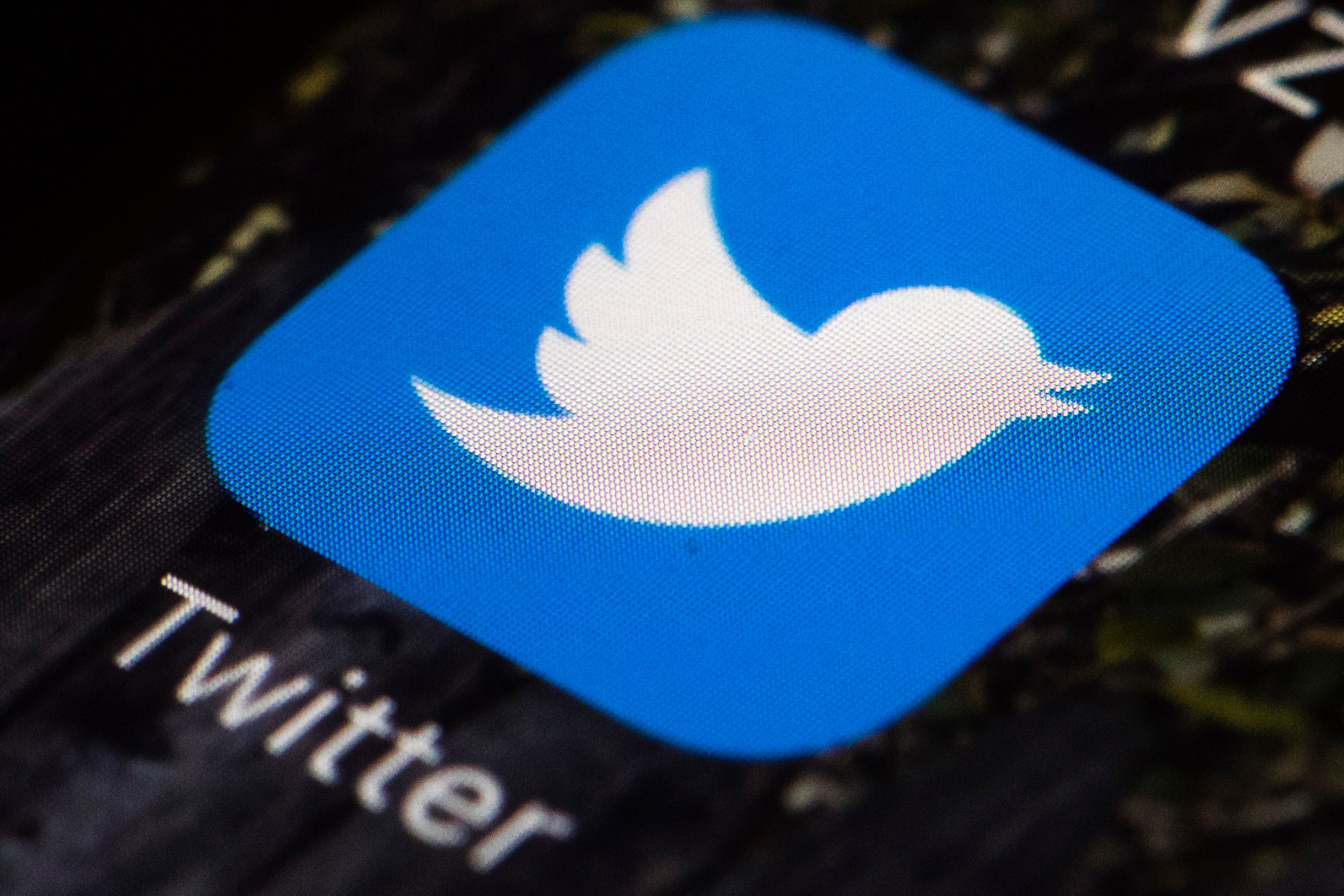
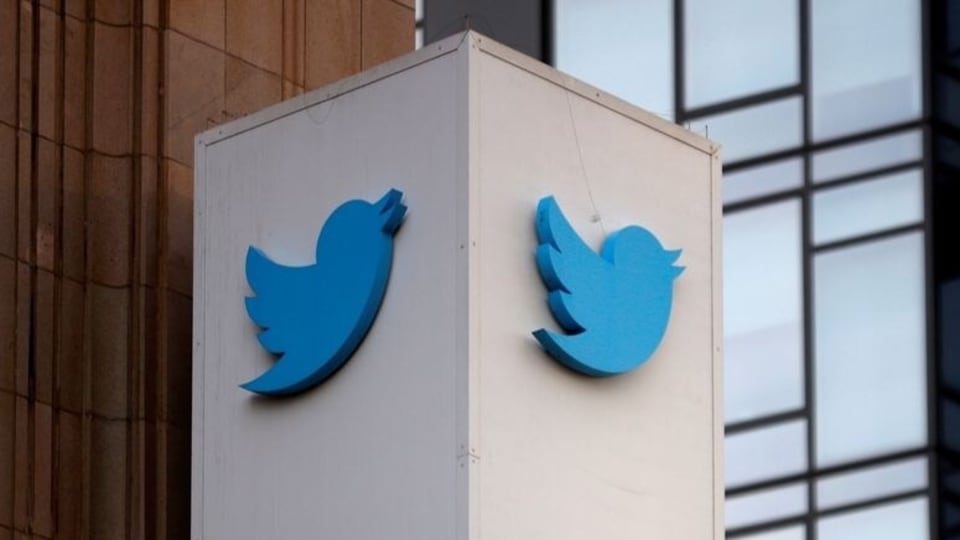
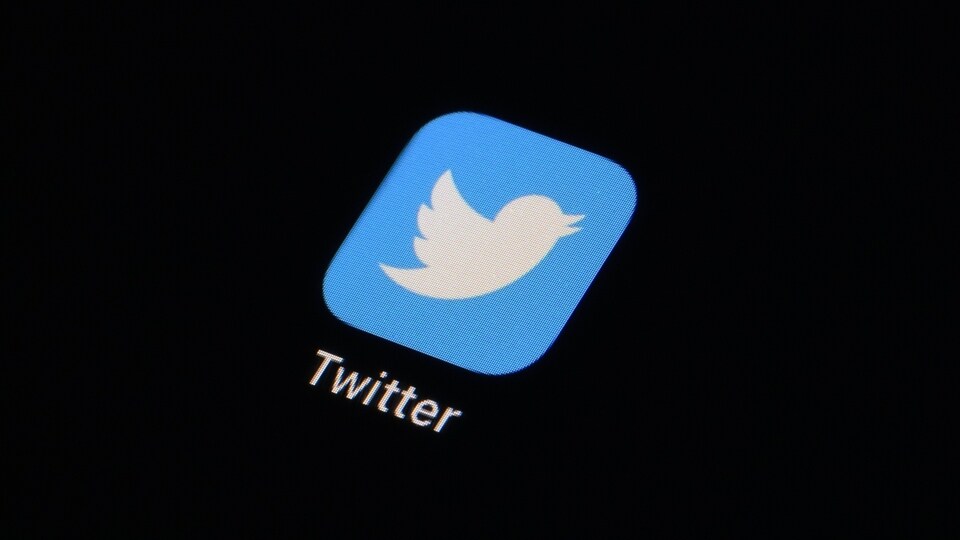
 View all Images
View all ImagesShortly after midnight on Thursday, several New York City subway trains slowed to a crawl as emergency crews tended to a person discovered on the tracks in Manhattan.
The delays were flagged for the Metropolitan Transportation Authority's rail control centre, where a customer service agent typed up a straightforward warning for early-morning riders to consider alternate routes.
But while the message was quickly posted to the MTA's website and app, the alert never made it to the subway system's Twitter account, with its 1 million followers. The agency's access to the platform's back-end, officials soon learned, had been suspended by Twitter without warning.
It was the second such breakdown in two weeks and the reaction inside the MTA was swift. By Thursday afternoon, senior executives agreed to cease publishing service alerts to the platform altogether.
The decision put the country's largest transportation network among a growing number of accounts, from National Public Radio to Elton John, who have reduced their Twitter presence or left the platform since its takeover by Elon Musk.
It also caught riders, and some in the MTA, off guard, even as at least one other transit agency considered following suit.
“The train schedule is always messed up. It's convenient to have the answers all in one place,” lamented Brandon Gubitosa, a Queens resident, who said he checked for service alerts on the MTA's Twitter feed before leaving for his commute each morning.
“There should be some responsibility for Twitter to make sure this service doesn't disappear.”
For its part, Twitter has signalled that the days of private accounts disseminating troves of information at no cost may be ending. Last month, the company announced a new pricing system that would charge for access to its application programming interface, or API, which is used by accounts that post frequent alerts, such as transit and weather agencies.
MTA officials estimated the cost could run as high as USD 50,000 a month. For a transit agency that faces a multi-billion dollar deficit, paying that much raised concerns.
“The amount that is being posed is astronomical,” said Shanifah Rieara, the MTA's acting chief customer officer.
“We are all about bringing ridership back. We should not be paying to communicate service alerts to our customers.”
Those that don't agree to pay, Twitter warned, will begin to see their service “deprecate”, a process that some agencies say is already underway.
A spokesperson for Chicago Transit Authority confirmed they were considering ending alerts, citing what they described as Twitter's “diminished” effectiveness for real-time transit information.
On Friday, the Bay Area Rapid Transit System announced its alerts were temporarily unavailable due to technological issues, though a spokesperson said they hoped to have the issue fixed soon.
Beyond the pricing, MTA officials offered other reasons for leaving Twitter, including the added vitriol and the move away from a chronological timeline.
They also pointed to a desire to push customers toward existing in-house products that provide the same information about service disruptions, such as a pair of apps known as MYmta and TrainTime. They provide times for the subway and commuter rail system, respectively.
A request for comment was sent to Twitter's communications office. Twitter responded only with an automated reply.
The MTA's decision to scale back its use of Twitter comes as many institutional users of the platform wrestle with changes Musk has made in an effort to make the service profitable, including asking users to pay for checkmarks on their accounts that formerly served as a form of identity verification.
Service alerts are valuable tools on New York City's massive rail and bus system, where mechanical problems, track fires, repair work and other issues can cause subway trains to get delayed or diverted to lines where they don't ordinarily run.
Only a few years ago, riders were often left in the dark about those changes until they were already on subway platforms, where transit workers would bark announcements through scratchy speakers or hang paper signs about changes.
Now, information about service, including the real-time position of subway cars, are available through a variety of electronic sources, both on people's smartphones and in stations. Consumer research has suggested that subway riders seeking information on Twitter account for a relatively narrow slice of riders.
Last month, more than 3 million people visited the MTA's homepage, which also has the updates on service disruptions that once appeared on Twitter, and nearly 2 million others used the two apps, according to an authority spokesperson.
In addition to service alerts, the MTA's customer service agents use Twitter to provide real-time responses to questions and concerns — a back-and-forth that often serves to calm riders' frayed nerves.
Last month, the agency sent out 21,000 replies on Twitter — responses that offered a valuable public window into the MTA's customer service policy, according to Rachael Fauss, a senior policy advisor at the watchdog group Reinvent Albany.
“There was a personalization to it that was interesting,” Fauss said. “There's an opportunity to see how the MTA responds to riders that you don't get without Twitter.”
For now, the agency said it would continue responding to customers on Twitter. But officials acknowledged there were no guarantees about whether that would remain the case long term.
“The MTA gets blamed for a host of things, so we need a reliant and resilient way to communicate,” said Rieara. “In (Twitter's) current stage, we can't put our customers in a position to be guessing whether or not they have the most updated information.”
Catch all the Latest Tech News, Mobile News, Laptop News, Gaming news, Wearables News , How To News, also keep up with us on Whatsapp channel,Twitter, Facebook, Google News, and Instagram. For our latest videos, subscribe to our YouTube channel.























